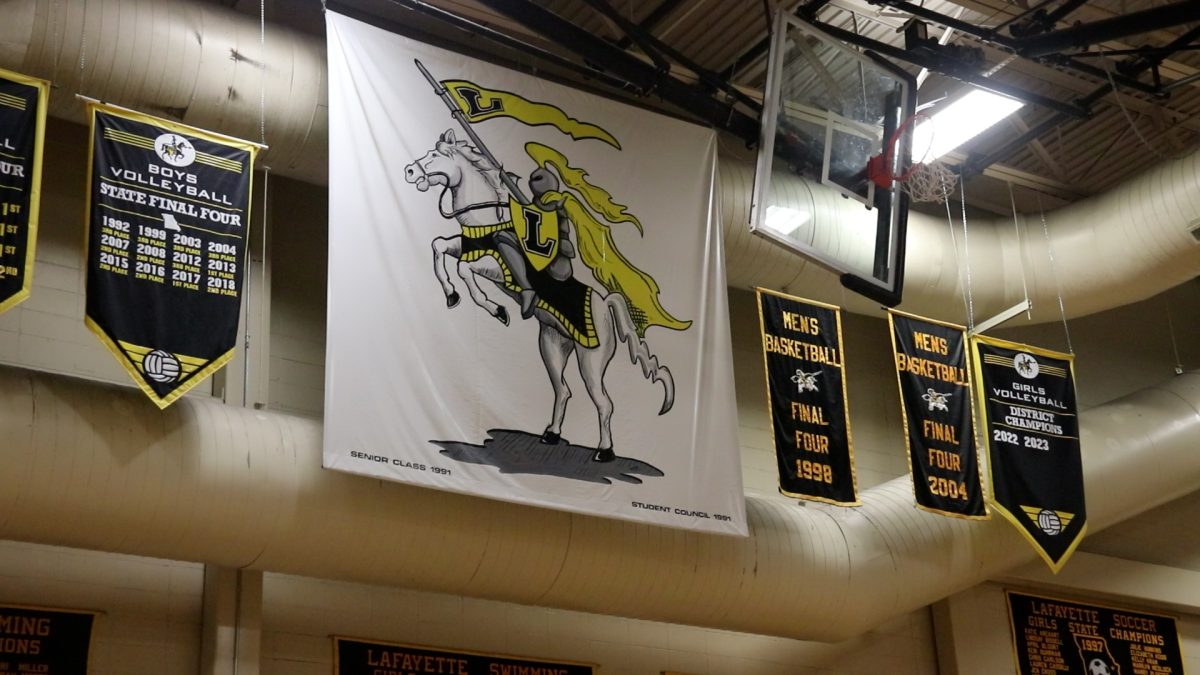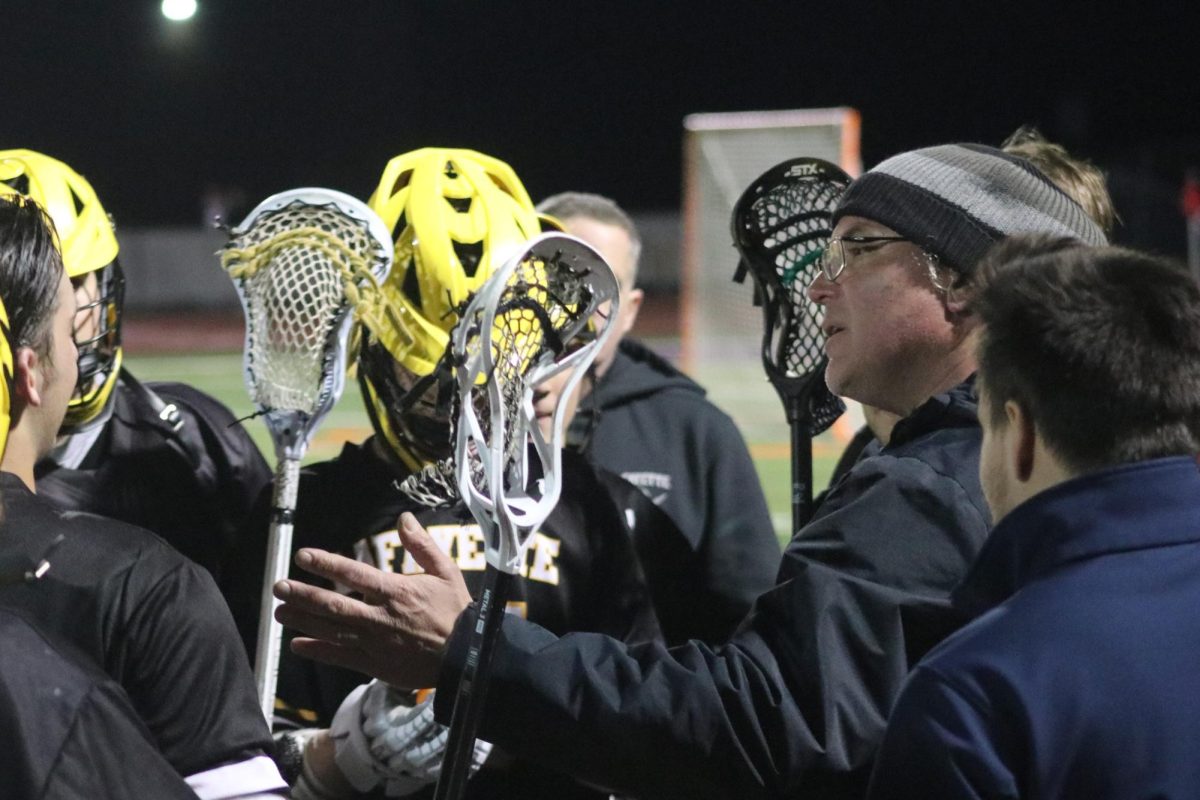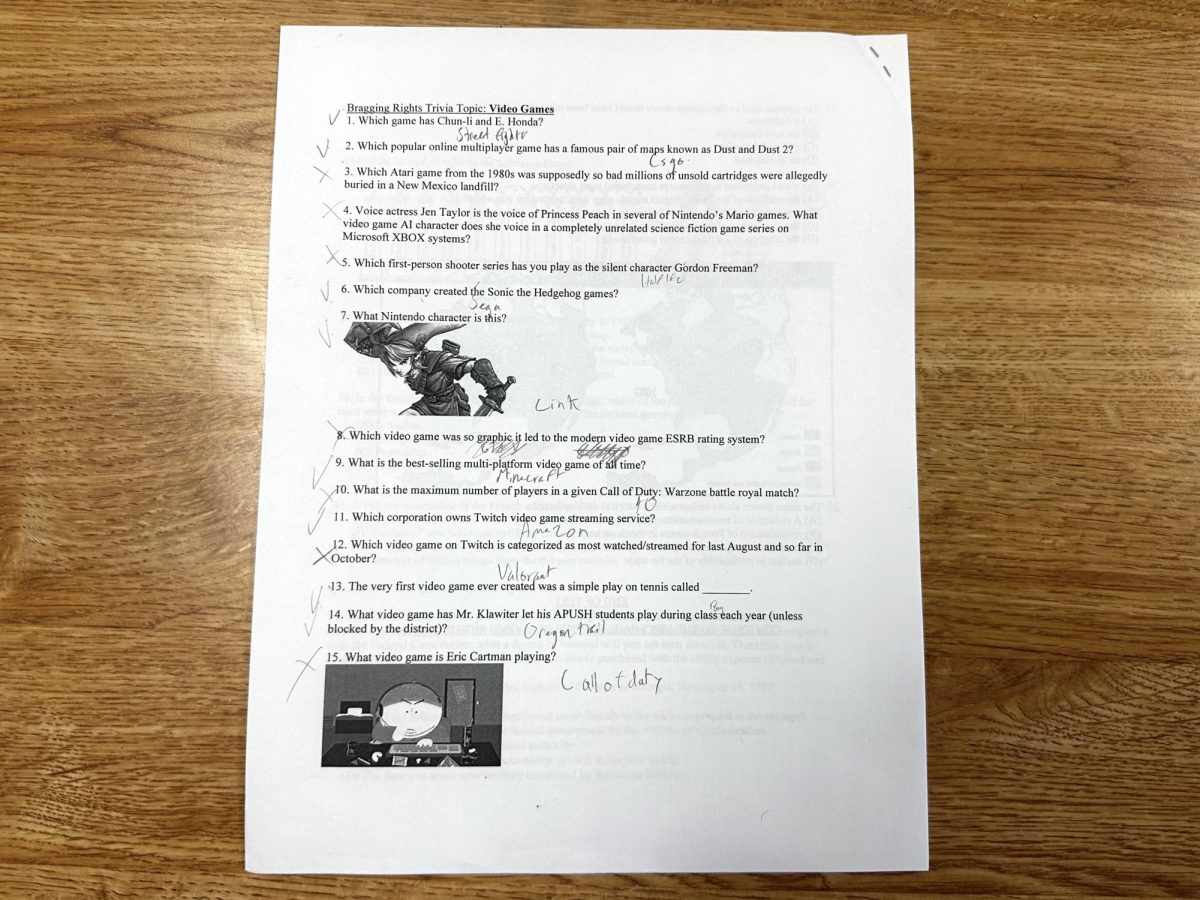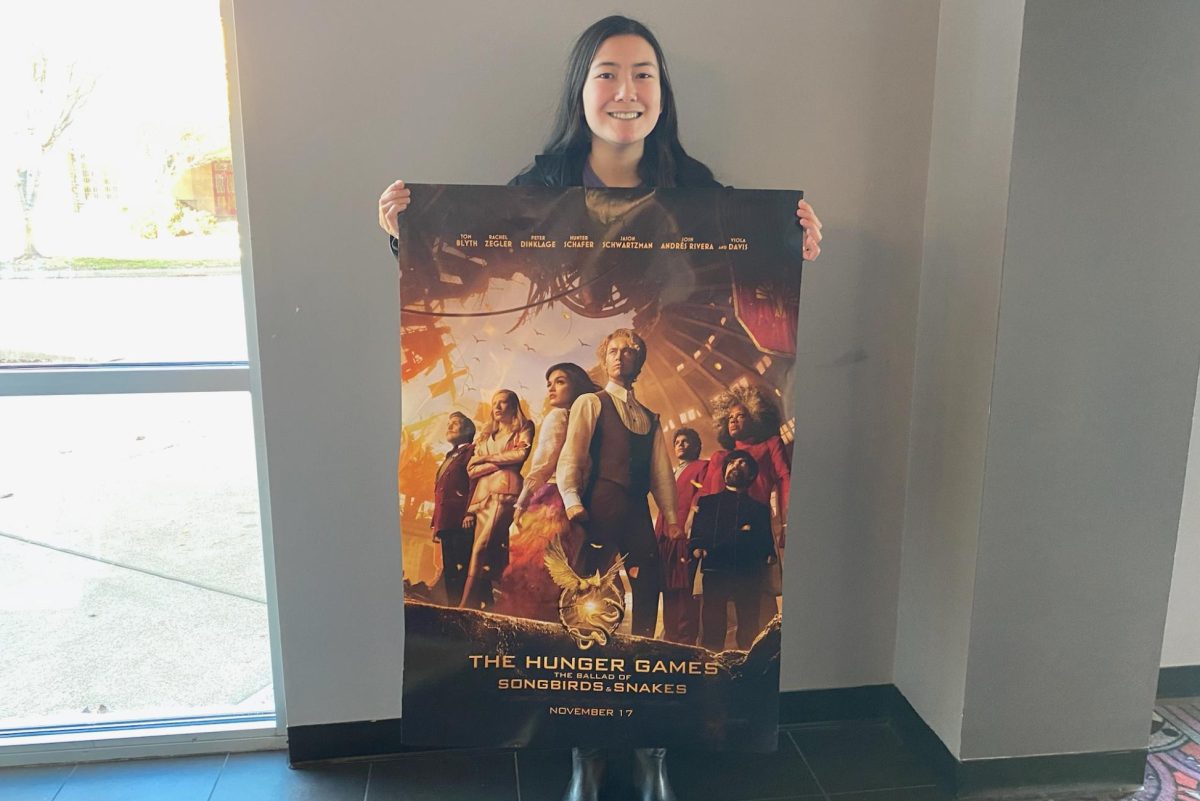I never really hopped on the Assassin’s Creed hype train. I’ve played all of the games to completion except Revelations, and only really enjoyed the first and second games, and the first had a TON of issues. I felt as though Brotherhood’s mechanics never meshed with the design in a fun way at all, and despite being really cool, Rome was torture when it came to navigation.
Assassin’s Creed 3 is the first game in the series where I feel I can confidently say that everything works pretty well. A new selection of animations and minor tweaks to existing systems make traversal significantly more user-friendly than it has been before, a huge world with a breadth of content that is actually enjoyable to complete, and a story more engaging and personal than those before it make this game my favorite in the series.
The game starts in a very strange way, especially for an Assassin’s Creed game. You don’t take control of the main character, Native American Raton:haketon (Connor, as he is so graciously nicknamed), until the fourth of 12 story sequences in the game, and even when you do meet Connor it takes a while for him to gain his full suite of abilities and weapons.
The introduction works because it draws us into the world and characters far more than any previous game in the series. It establishes a cast that is more interesting and memorable from the get-go than Ezio’s cohorts were over three whole games.
The Templars Connor kills aren’t horrible people with no regard for human life. They honestly believe that winning the Revolutionary War and taking these lands will lead to a better world in the future. Their motivations and plans are understandable. They aren’t evil mustache-twirling Brits. The villains are well-developed and fun to seek out and destroy.
Desmond (the Assassin bartender whose memories we experience through the Animus), however, has a really boring story with a bad ending. In his narrative, the Templars are demonized. He goes to various places around the globe, but his actions aren’t contextualized at all.
They’re also not very cool or fun to play through. The visual design of some of his missions is astounding, but the frame-rate is sluggish and his objectives are unclear for the most part. Every time the game took me out of Connor’s shoes and into Desmond’s, I would spend as little time as possible doing his missions and try my hardest to go back to the 1770s.
The gameplay, primarily traversal and combat mechanics, are greatly improved by the new set of animations, which add fluidity to the game that has been sorely missing from the latest installments. Executing free-run is now done with a single controller input, right trigger, rather than two, right trigger and the A button. That may sound really minor and, to people unfamiliar with the series, useless, but it’s a smart change that makes free-running work significantly better.
Connor’s movements make sense and are smooth and natural as he runs across the rooftops of New York and Boston. He rarely missteps, at least not the degree that Ezio often did in the streets of Renaissance Italy, but when he does, it tends to screw you pretty badly. The amount of times that happens has been cut significantly, but when it does occur and cause you to fail a mission in the same moment, then it feels pretty cheap.
Tree-running, newly introduced in this installment, is one of the most brilliantly executed mechanics in the series. It takes the fluidity of the game’s movement in urban environments into rural ones, and there are only a few occasions where it doesn’t work as expected. However, when it does, it feels even better than the ordinary mechanics. It makes Connor seem like a more capable Assassin, and a predator when his opponents fight on his turf.
Combat has also been improved due to a move toward the Batman style melee mechanics rather than having your character block and counter any time an enemy attacks. Again, this means that Connor is a deadlier man than his predecessors, and combat is no longer a chore. I would often actively seek fights just so I could see more awesome executions with Connor’s signature tomahawk.
Connor also has a number of tools at his disposal, including a bow, traps and bait for hunting animals on the Frontier, and my personal favorite, the Rope Dart, effectively turning Connor into a tree-hopping Dark Knight, allowing him to string up enemies and choke them or hang them from branches.
The most incredible completely original addition, however, is the naval battle system. A few sequences in, Connor takes control of the Aquila, a privateer ship, and is given free rein to tackle missions with it along the East Coast.
It feels somewhat disjointed from the main sections of the game, but it’s so damned impressive that I don’t see that as being a negative. Battles are thrilling, and the player is often put up against a dozen ships in open combat on the high seas.
It, along with a few narrative beats, makes for a truly surprising game, something that I didn’t expect from an annual franchise like this. I don’t feel odd saying that I think Ubisoft has the potential for an entirely separate franchise with these naval mechanics.
As is par for the course for games in this series, Assassin’s Creed 3’s recreation of 1770’s America is astounding, and a joy to explore. Ambient weather cycles, dozens of pedestrians, and thick atmosphere make the cities breathe with life, and the density of the Frontier, both visually and with regards to content, make it one of the best parts of the game.
The Assassin’s Creed games have often felt like playable history lessons. This is the first one, in my mind, that has played well enough to be easily recommendable outside of that.














































